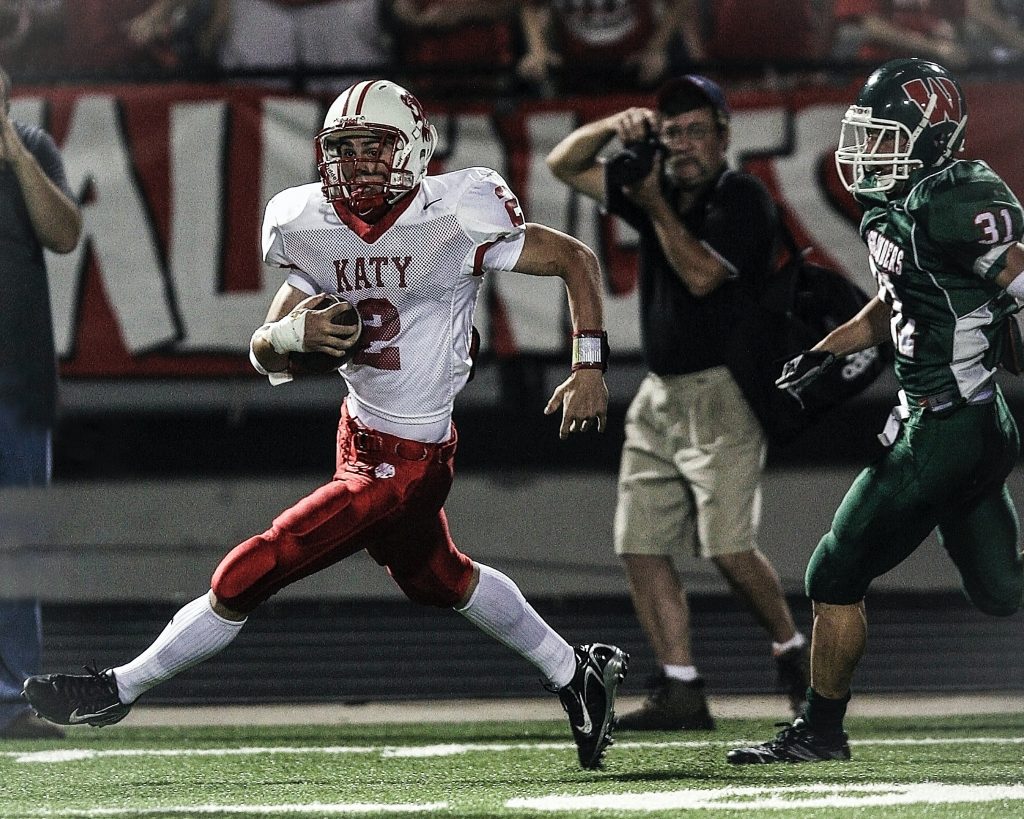Previously we discussed the difference between healing and recovery, and why both are crucial for getting back to the activities you love after an injury. For many athletes and active individuals, the worst part of getting injured is the uncertainty of when you can resume your normal lifestyle. The goal of this article is to provide a little more context regarding the healing process and ways that physical therapy can help.
The Healing Timeline
There are several intrinsic factors (severity of injury, age, previous activity levels) and extrinsic factors (anti-inflammatory use, repetitive trauma) that influence the overall timeline, but typically soft tissue injuries such as ligament sprains and muscle strains follow the same healing pattern. This pattern consists of three general phases: the inflammatory phase (damaged cells are removed), the proliferative phase (new cells are formed), and the remodeling phase (new cells grow stronger).
These processes often overlap, and it’s possible to progress or regress through the three stages depending on the factors listed above. This is why a carefully constructed exercise program is crucial following an injury. If you exercise too aggressively too soon, you risk reinjury because the tissues haven’t had time to repair and get stronger. On the other hand, if you only rest and refrain from exercise, these tissues won’t regain their strength because you haven’t indicated to the body that this strength is needed.

One great example of this is a football player with a hamstring strain that tries to go back to playing too early. They suit up for a game three days after their injury, only to feel a “pop” in their hamstring while decelerating after a catch. Unfortunately, their new hamstring tissue wasn’t strong enough and couldn’t withstand the force of sprinting and decelerating. They now have to start the healing process all over again, simply because they didn’t complete all three phases successfully before returning to the field.
This time they decide to rest for a couple of weeks until all of their pain and tightness throughout the day have subsided. They return to the practice field and immediately feel a “pull” in their hamstring when they start running. In this case their body had adapted to allow them to perform daily activities without symptoms, but not football activities.
It’s important for us to understand how our body heals so that we can maintain the right balance of rest and activity throughout the process. Let’s dive in to each stage of tissue healing and the different ways that physical therapy can be beneficial along the way.
Phase 1: The Inflammatory Phase
The human body’s initial response to injury consists of multiple biomechanical and cellular processes that work together to protect the damaged area. The inflammatory phase begins within 6-8 hours after the injury, peaking between 1-3 days and gradually resolving over the next 1-2 weeks. The primary goal of this phase is to stop the bleeding (either internal or external) that happens as a result of the injury.
Initially the blood vessels in the damaged area become more narrow (vasoconstriction), slowing blood flow from the area and allowing any ruptured blood vessels to begin the clotting process. After a few minutes these vessels begin to open up again (vasodilation), resulting in increased blood flow to the area which causes redness and warmth, two of the clinical signs of inflammation. Increased blood flow also brings antibodies, white blood cells, and other enzymes and nutrients to the region that work together to destroy harmful microorganisms and prevent further damage or infection.
As vasodilation occurs, the vascular walls also become more permeable, and pressure inside the blood vessels forces plasma and other cells into the surrounding tissues. This leads to increased swelling around the damaged area, which can last from a few minutes to several days depending on the severity of the injury. During this time nerve endings are also stimulated, resulting in the sensation of pain.
How can physical therapy help during the inflammatory phase?
- Manual therapy to decrease swelling and pain
- Mobility exercises to maintain full range of motion and decrease swelling and pain
- Education on ways to modulate the inflammatory process (nutrition, sleep, ice, compression)
- Education on activity modification to keep you moving and maintain your fitness while your injury heals
Phase 2: The Proliferative Phase
As harmful particles are removed from the injury site and inflammation begins to decrease, the body begins laying down new tissue. This process, known as proliferation, often begins within the first 24 hours following injury and can last for up to 4-6 weeks depending on severity. During this time specialized cells called fibroblasts begin to lay down bundles of collagen fibers throughout the damaged area that form the framework of the new tissue.
This new tissue, sometimes referred to as “scar tissue”, is less elastic and not as structurally sound as the original tissue of the injured ligament, tendon, muscle, or bone. This means that the new tissue cannot withstand the same stress as the original tissue and is more susceptible to injury. This scar tissue can also bind to healthy tissues around the damaged area, causing adhesions that can limit mobility. This is why it’s important to maintain an appropriate amount of movement following an injury.
How can physical therapy help during the proliferative phase?
- Manual therapy to enhance tissue mobility and decrease risk of adhesions
- Mobility exercises to improve range of motion and flexibility
- Gentle, pain-free strengthening exercises for the involved body part
- Strengthening and core stability exercises for the surrounding body parts to improve your function and performance
- Training on proper movement quality and technique to enhance your performance and decrease risk of further injury in the future
- Additional education on activity modification and performing the activities you enjoy while avoiding aggravating movements
Phase 3: The Remodeling Phase
The collagen fibers that were laid down during the proliferative phase are thinner than healthy tissue and randomly organized (like a bowl of cooked spaghetti noodles). During the remodeling phase these fibers will be realigned so that they are more parallel with the “lines of stress” of the original tissue. This is accomplished through gentle stretching, contracting, and weight-bearing forces that are best provided by a structured exercise program.
How can physical therapy help during the remodeling phase?
This is the area where performance physical therapists such as those found at FLO Physical Therapy truly shine. Progressive loading of tissues is vital to properly regain strength and return to previous activity levels without further injury. Without applying the right amount of resistance at the right time or challenging the body in a variety of ways, the injured area won’t know how to react to the stresses of work, sports, or recreational activities.
On top of this, the remodeling phase can last for up to 1 year or sometimes even longer following a soft tissue injury. At FLO Physical Therapy we’ll work with you to not only regain maximal function after an injury but also make sure that you’re performing a comprehensive strengthening program beyond our care to decrease your risk of injury in the future.
The Bottom Line
The healing process following a sprain or strain is complex, and it’s crucial to have a qualified expert on your side who can guide you through this process with the right balance of helpful advice, hands-on treatment techniques, and a carefully executed progressive exercise program. Remember that the three phases often overlap, and the timeframes mentioned above are approximate and specific to each individual situation. There are many things that can be done throughout the healing process to get you back to 100% as soon as possible.
So, don’t hesitate to contact a physical therapist following any soft tissue injury!
The therapists at FLO Physical Therapy & Performance will work with you every step of the way to make sure that you aren’t leaving anything up to chance when it comes to your body and your goals. Give us a call today!



